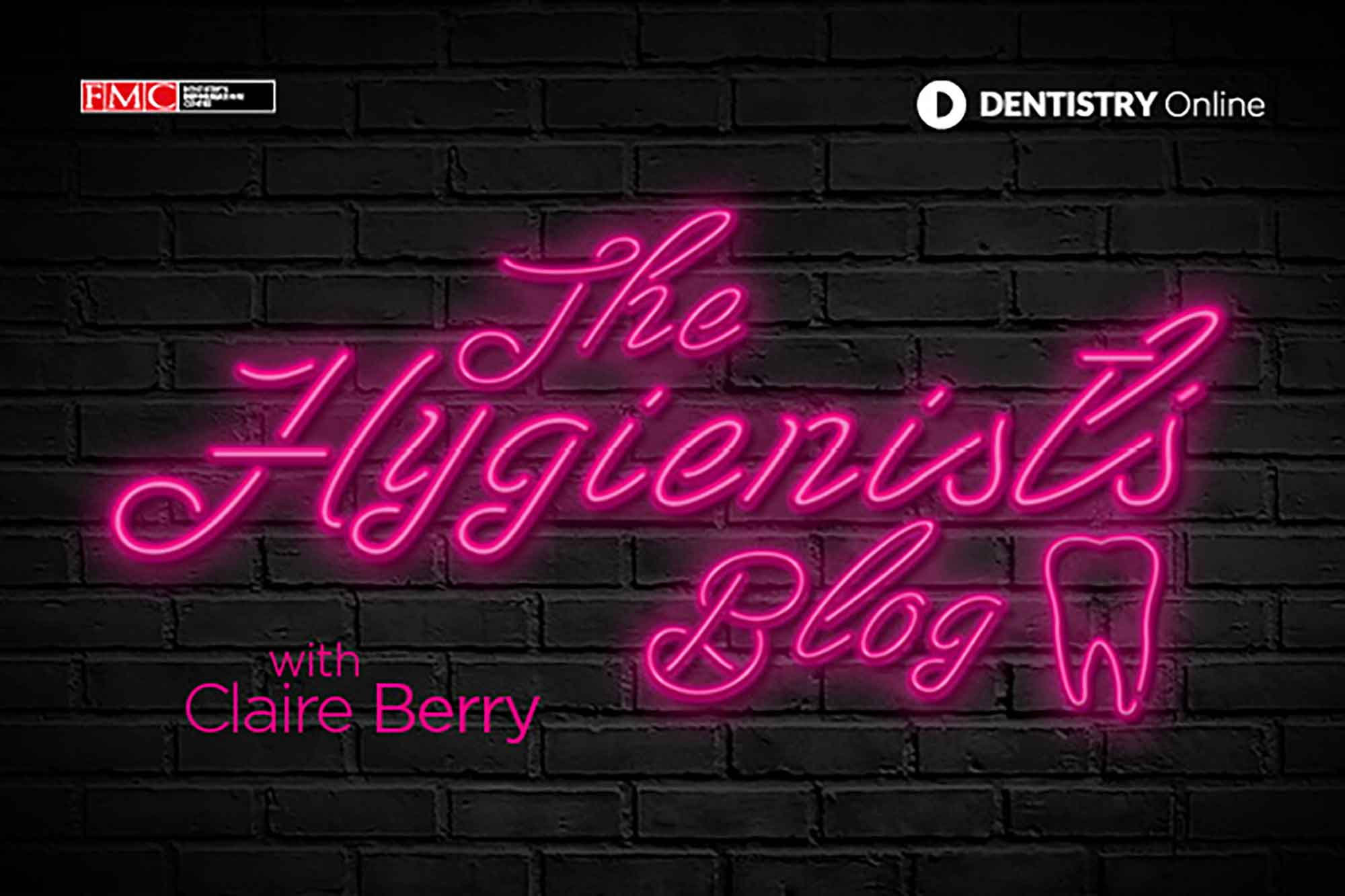 Claire Berry explores the role of biofilm and how it requires more than just one approach to help tackle the problem.
Claire Berry explores the role of biofilm and how it requires more than just one approach to help tackle the problem.
Being a dental hygienist, the topic of biofilm is extremely interesting to me. Maybe more interesting then I care to admit!
Clinically, my role is to remove 100% of it and then educate patients how to prevent its re-accumulation between visits in order to prevent disease or disease progression.
But the truth is, even after removing 100% of biofilm, within approximately 20 minutes of treatment the early colonisers start to re-accumulate.
Eventually, the biofilm becomes established and the disease process starts again. The real battle therefore is undertaken by the patient, on a daily basis.
More about biofilm
Polyols, such as erythritol and xylitol, can help to reduce biofilm metabolism and maturation, affecting the adhesion and cohesion within it.
This may then help, alongside other modalities, in the fight to prevent periodontal deterioration as well as caries progression.
To appreciate this concept, you must first understand the complex and highly intelligent nature of the biofilm itself. This is the part I like so hang on to your hat, this is about to get interesting.
Studies show that biofilm adapts to its environment and that oral biofilm is the most advanced biofilm in nature. This is because of the continuous stresses placed upon it.
From saliva flow, to mastication, to the mechanical forces placed on it from brushing; the biofilm on tooth surfaces have to withstand these stresses to survive. It constantly adapts to its environment and in different sites may possess different characteristics based on the particular stress it is placed under.
To enable it to do so, it adheres to surfaces extremely well by creating and using a matrix of sticky extracellular polymeric substances (EPS). This matrix keeps the micro-organisms in close proximity and allows cohesive interactions to occur.
The matrix of oral biofilm protects the inhabiting micro-organisms from harm and disruption, including these brushing forces, but also antibacterial products, antibiotics and even host immune defences.
Unless it is removed mechanically or disrupted it will remain, going on to cause gingivitis and the potential to cause caries and periodontal disease.
Reducing biofilm
We should therefore place emphasis on mechanical plaque control. This is and will always be the best way to remove the biofilm physically.
Electric toothbrushing and interdental cleaning daily is clinically proven to be the best management.
But reducing biofilm should be a multifaceted approach, which includes physical removal alongside adjuncts that aim to reduce the ability for it to form a reliable matrix.
Erythritol and xylitol are examples of such adjuncts. They work to reduce caries by providing a food source for the bacteria that cannot be metabolised. This means the bacteria cannot create plaque acids, altering the pH. The rest of the acidophilic bacteria die too, including streptococcus mutans.
These polyols fill the slot that sugar normally takes up, blocking the metabolism entirely.
The micro-organisms therefore become weak and unable to survive and the bacterium dies.
For periodontal disease management, these polyols affect the metabolism and surface attachment quality of the sticky biofilm matrix.
Reduced biofilm maturation and a less complex adhesive biofilm reduces the ability for it to induce inflammation and immune response.
Updated treatments
For this reason, I choose to use erythritol as part of my treatment in clinic. Guided biofilm therapy (GBT) allows me to do this. The EMS Plus powder is erythritol based and the only one on the market to possess this ability.
It was created because of erythritol demonstrating effective results in controlling the biofilm and reducing dental disease. And to keep these polyol benefits going after my treatment, I recommend xylitol as a supplement in their daily routine.
If after reading this, you also think it is a good idea to incorporate polyols and their prevention benefits into your treatment regimen and oral hygiene instruction, I carry out GBT with Plus powder. I advise my patients to use Dr Heff’s 100% xylitol mints as a supplement three times daily.
Follow Dentistry.co.uk on Instagram to keep up with all the latest dental news and trends.


